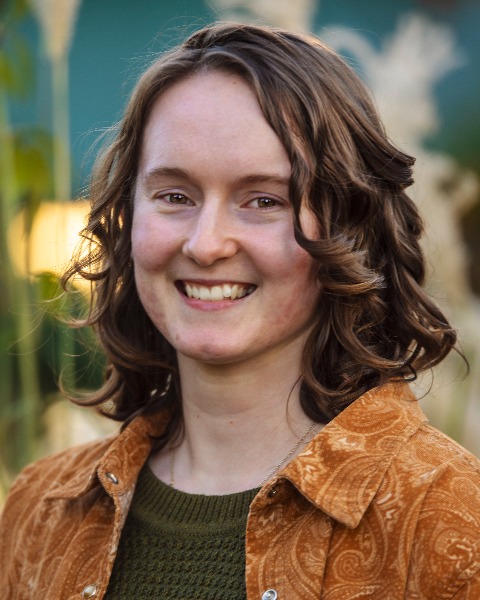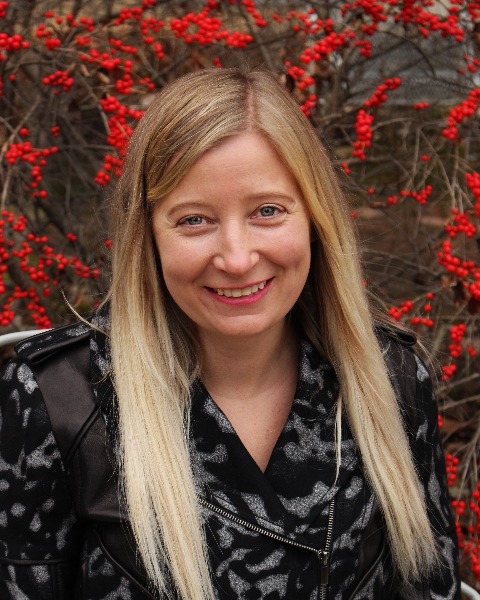Student 10-Minute Presentation
Plant-Insect Ecosystems
Student
Student Competition
Grad 10-min Competition: P-IE, Conservation
The value of urban pollinator habitats for moth conservation in a growing city
Monday, November 11, 2024
9:36 AM - 9:48 AM MST
Location: Phoenix Convention Center, 130, PCC

Lucy Guarnieri
PhD Candidate
The Ohio State University
Columbus, Ohio
Mary Margaret Gardiner (she/her/hers)
Professor
The Ohio State University
Columbus, Ohio
Presenting Author(s)
Co-Author(s)
Urbanization is driving moth declines worldwide; two-thirds of common species have declined significantly since the mid 1900s. Large conservation initiatives, such as metro parks, have a longstanding history of increasing biodiversity in cities; however, the impacts of smaller investments, such as wildflower habitats, are less clear. The goal of this project was to determine the value of small-scale greening initatives for moths, which are an important yet often overlooked group of pollinators. Our first objective was to assess the abundance and species richness of moths within urban pollinator habitats in comparison to metro park grasslands and turf fields. Our second objective was to quantify the effects of habitat size and urbanization intensity on moth species richness within urban pollinator habitats using a generalized linear model. We hypothesized that metro park grasslands would support more moths than urban pollinator habitats, but that both greening investments would support more moths than turf-based landscaping. We deployed blacklight traps to collect moths from metro park grasslands, urban pollinator habitats, and turf fields in Franklin County, Ohio, in the summers of 2023 and 2024. We found that metro park grasslands, but not urban pollinator habitats, had significantly more moths than turf fields. We also found significant effects of impervious surface area, patch size, and their interaction on moth species richness within urban pollinator habitats. The results of this study will inform greenspace management practices to improve pollinator conservation outcomes in cities.

.png)

